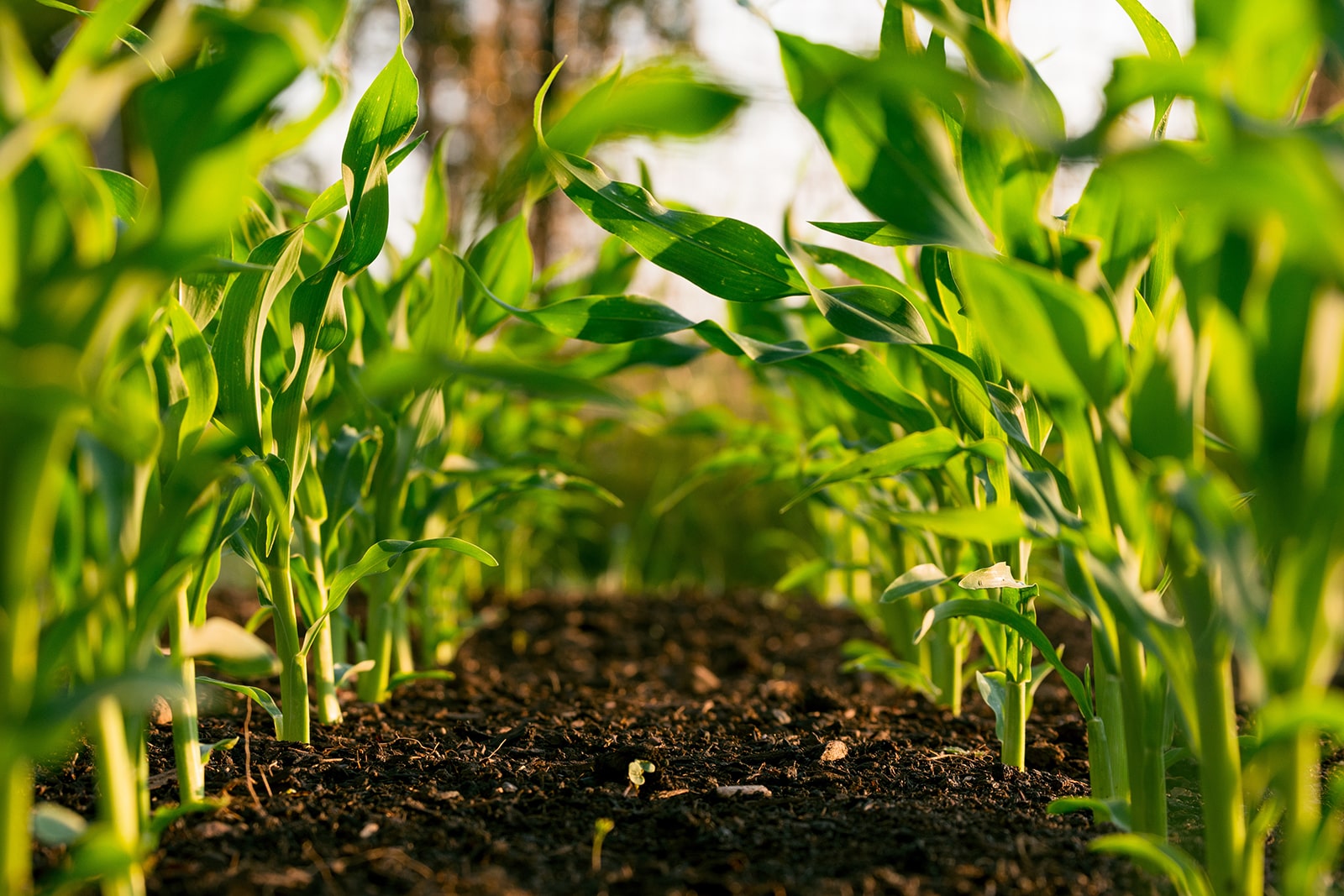Reduce Food waste & Save Money
Why reduce food waste? Did you know that each day, Americans toss out enough food to fill the Rose Bowl stadium? That’s daily!
As much as 40% of edible food in the United States goes uneaten. That translates to a waste of between $28-$43 a month from your wallet. All that uneaten, but perfectly good food doesn’t just lay waste to your budget, it rots in landfills and pollutes the planet.
I was raised to avoid wasting food, like most of you. I really hate food get tossed, but sometimes it happens (more often than I’d like to admit). Luckily, with a little mindfulness there are easy ways to reduce your “foodprint” and put money back in your pocket!
Americans toss out enough food to fill the Rose Bowl stadium? That’s daily! #FoodFacts CLICK TO TWEET
Behold below! 7 steps to reduce food waste ANDsave money:
- Bring your tridge inventory to “Zero Balance”. Before you restock, take inventory and make sure it’s emptied of all edible food. Often this helps us get a better handle on how much to buy, and plan your shopping around your needs. It gives you a chance to really gauge how much you go through between shopping trips.
- Repeat after me: The freezer is my friend. Most frozen foods remain safe indefinitely. Freeze leftovers in single serve containers if you won’t eat them before they go bad. You can do the same with fruits and veggies – which then make perfect smoothie ingredients. You can also use the produce to make juice and freeze in single serving mason jars to enjoy later. Alternatively, you may also want to try canning or preserving produce before it goes bad.
- Get down with the FIFO rule. Plan and cook meals using the “First In, First Out” rule. Try placing the most recently bought items toward the back so older items or items that spoil faster, in the front, are used first. I tend to forget about the produce in the crisper or on the back shelves and it ends up going bad (I literally just tossed out a whole bag of Brussels sprouts before I sat down to write this). Best way to avoid this, plan meals and keep it on the fridge. Streamlines meal planning and reduces the chances of forgetting about produce.
- Love leftovers. Get creative with using leftovers. Mixing in fresh veggies, dressing, or tossing on wraps, or over salad greens can freshen up leftovers when you start getting bored.
- Go pro. It’s hard to gauge how much food to buy if you don’t have any idea how much food your family wastes in a month. Do what restaurants do to manage profit and loss: keep a log of what you buy and what you throw away. Then plan your shopping ahead and avoid impulse buys by sticking to your menu or shopping list.
- Get the real deal about expiration dates*. “Sell-by” and “use-by” dates are manufacturer suggestions for peak quality. Often, foods are good a few days beyond that date. The dates are not federally regulated to indicate safety, except on certain baby foods. If you’re not sure if you should keep a food or toss it? Search online for a shelf life guide (or see the resources below). Also download this great storage guide!
- Be a giver. Bought Too Much? Donate or Compost. Non-perishable and unspoiled food can be donated to a food bank, soup kitchen, church, or a neighbor in need. Call your best friend that never has time to go food shopping and give him/her your extra produce. Also, perishable food you can’t donate can be composted to recycle their nutrients and nourish the planet.
*It’s always best to use common sense, if a food doesn’t smell or look right, it’s safest to not take a chance and not eat it.
That’s not all folks!
For more, you can mine the Resources List below for charts, instructions, and tools to help you reduce food waste.
Reduce Food Waste Resources List
Turn Leftovers into Great Meals: Love Food – Hate Waste website: www.lovefoodhatewaste.com
How to Know Your Food Waste. https://snapguide.com/guides/know-your-food-waste/
(also search online for ‘household food waste journal or log’)
National Center for Home Food Preservation. http://nchfp.uga.edu/how/can_home.html
Keep it or Toss It- Shelf Life Guide. http://stilltasty.com
Refrigerator & Freezer Storage Chart. http://www.fda.gov/downloads/Food/ResourcesForYou/HealthEducators/UCM109315.pdf
Simple Food Preservation Methods. Mother Earth Living. http://www.motherearthliving.com/cooking-methods/food-preservation-methods-zmoz12sozmel.aspx
Tools for Assessing Wasted Food. http://www2.epa.gov/sustainable-management-food/tools-assessing-wasted-food
How to Compost Kitchen Waste. Home & Garden TV. http://www.hgtv.com/design/decorating/clean-and-organize/how-to-compost-kitchen-waste
Feeding America – Food Donation Programs. http://www.feedingamerica.org/ways-to-give/give-food/become-a-product-partner/national-produce-program.html
Reducing Wasted Food Basics. http://www2.epa.gov/recycle/reducing-wasted-food-basics
Sustainable and Fair Eating Habits. Think-Eat-Save. http://www.thinkeatsave.org/index.php/top-tips-on-reducing-food-waste/14-food-waste-campaign/247-sustainable-and-fair-eating-habits
References
Jensen, Brennen. “America’s Food Waste Problem is Bigger than You Think.” Johns Hopkins Magazine (Fall 2015). Accessed on Nov 12, 2015 http://hub.jhu.edu/magazine/2015/fall/america-food-waste
Lipinski, B. et al. “Reducing Food Loss and Waste.” Working Paper, Installment 2 of Creating a Sustainable Food Future. (2013). Washington, DC: World Resources Institute. Available online at http://www.worldresourcesreport.org
Food is simply too good to waste. Natural Resources Defense Council: Environmental Issues- Food and Agriculture. Statistics last updated September 18, 2013. http://www.nrdc.org/food/food-waste.asp
Sustainable Management of Food. Environmental Protection Agency. http://www2.epa.gov/sustainable-management-food
You May Also Like...
Fermented Foods for Gut Health
Fermented Foods for Gut Health Fermented foods may be setting trends on The Huffington Post and Mind Body Green, but…
Should I Choose Organic? Does it make a difference?
Short answer, yes. But organic isn’t always cheap. And for many, it’s harder to find. Though more and more supermarkets…
Stay In Touch!
Join my mailing list to keep up with all the latest nutrition & FxMed learning opportunities



